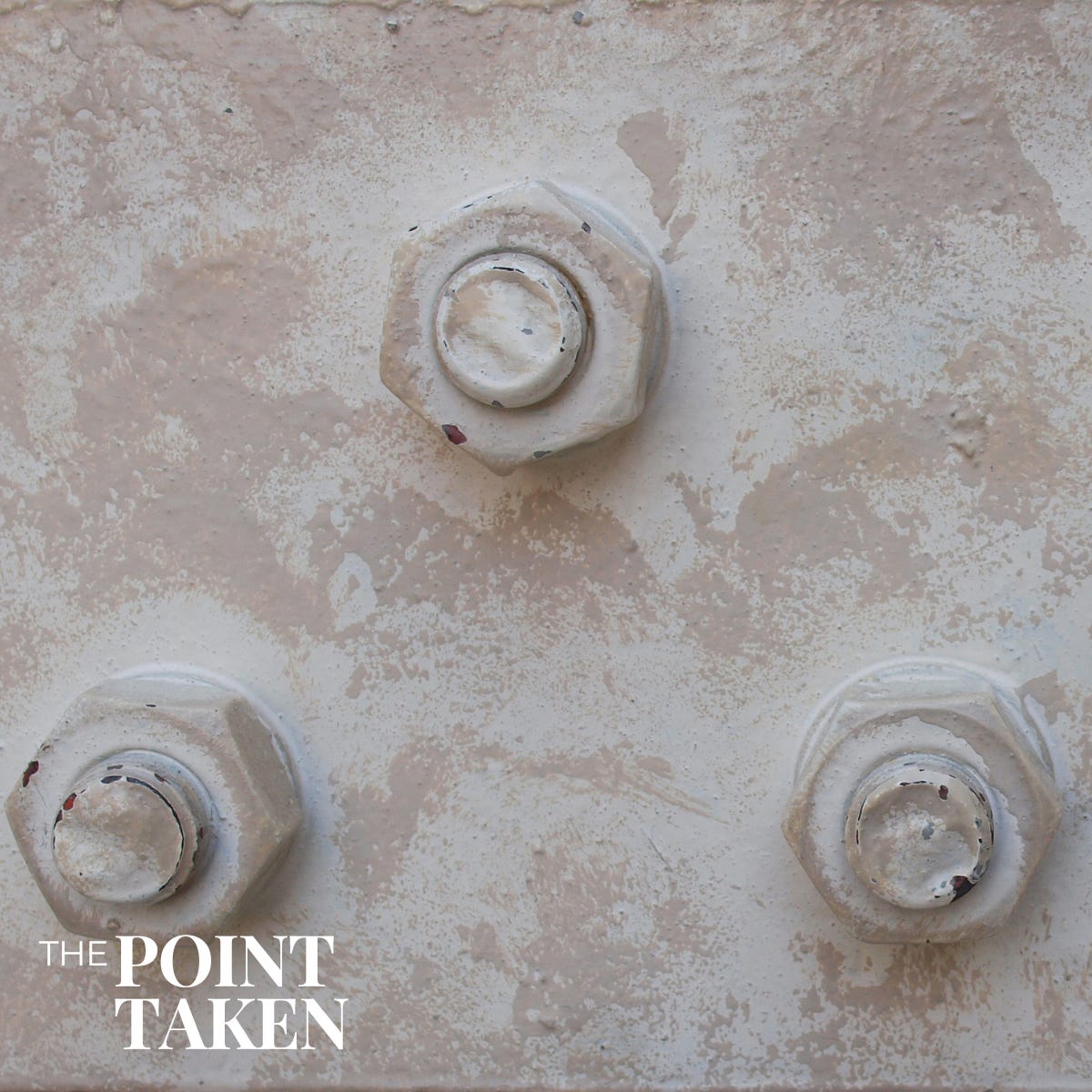The Goodwill Equation
How chasing near-term wins erodes the resilience and trust that build lasting value
By Bryan Kaus
I’m writing this the week Amazon announced another round of corporate job cuts: 14,000 roles now, with credible reporting that total reductions could reach as high as 30,000. The rationale rhymes with much of 2025’s playbook: “efficiency,” “fewer layers,” and faster AI adoption. They’re not alone; layoff trackers and major outlets show cuts echoing across sectors under similar banners. Trimming real bloat is fair game. But leaders who win the decade won’t chase headcount optics or one-quarter EPS lifts. They’ll build durable enterprises where quality, resilience, and goodwill compound instead of being quietly liquidated for a short-term pop.
MVP as a habit, not a phase
“Minimum Viable Product” was meant to be a learning stage: ship small, learn fast, iterate. Somewhere along the way, MVP became the product. Generative tools let teams stand up interfaces and workflows in hours... and too many stop there. You get surfaces that look smart but buckle under load, like a bridge with fresh paint and missing bolts.
Operator’s question: not “Can we ship it?” but “Will it stand up to reality - edge cases, peak loads, human nuance?”
Just-in-time, just-enough, just-barely
JIT looks perfect in spreadsheets: lower inventory, higher turns, better ROIC. But anyone who has run hot, high-pressure, high-volatility operations knows redundancy isn’t waste; it’s insurance. A spare pump, buffer stock, or trained floater is cheap compared to downtime, safety incidents, or reputation damage when something snaps. We learned this in manufacturing and energy. We’re repeating it in services. A “lean” service line built on brittle workflows and a bot that can’t read context is one outage away from a brand event.
Don’t automate a bad process
If a process is incoherent with people in the loop, it will be worse without them. AI scales whatever you feed it: clarity or confusion. Do the unglamorous work first: map the as-is, fix root causes, design sensible handoffs, then automate. Otherwise you aren’t improving quality. You’re institutionalizing mediocrity faster.
A simple example: a time-sensitive medical shipment of mine was misdelivered. The “proof” photo wasn’t my house. The shipper required the carrier to admit loss before resending; the carrier launched a 3-5 business-day investigation. Five agents later - across disconnected centers- an IVR “feedback” bot failed to parse plain English and hung up. That system isn’t built to solve problems; it’s built to triage cheaply. That’s not efficiency. That’s goodwill drift.
Offshoring déjà vu
We’ve seen this movie: offshoring looked brilliant on paper until capabilities atrophied and supply chains snapped. Some argued, “Economies evolve from manufacturing to services.” Maybe. But when you hollow out skill bases and the learning loops that live inside shop floors and customer desks, you lose more than headcount - you lose muscle memory. Today’s “AI-washed” services risk the same trade: short-term optics for long-term erosion.
Resilience isn’t an “America-only” purity test or a “green-only” ideology. It’s a systems reality: diverse supply, practical redundancy, and humans equipped with better tools not replaced by worse ones.
Safety = efficiency. Quality = margin.
A principle I’ve lived by: safety is efficiency. The safest plants tend to be the most productive because risk discipline forces process discipline. The same holds for customer experience. When you invest in quality trained people, clear handoffs, smart buffers you reduce rework, refunds, escalations, and PR hits. Margins follow.
The question isn’t whether to use AI. It’s how:
Put AI behind the human, not between the human and the customer. Augment judgment; don’t obstruct it.
Measure outcomes, not optics. Track first-contact resolution, rework, time-to-solve, and churn not just “cost per ticket.”
Design for failure. Assume outages and ambiguity. Build graceful escape hatches to empowered humans.
Close the loop. Feed frontline learning into design weekly. Make recurrence expensive in bonus and in pride.
Keep redundancy where it pays. Buffers and spare capacity are cheap versus reputational impairment (it’s also how you build talent that innovates).
The brand you experience vs. the brand you market
Brand isn’t a campaign - it’s a promise kept by systems and people. It’s the experience you make them feel. When your chatbot stonewalls, your delivery partner shrugs, and your IVR hangs up, you’ve just launched a rebrand one customers will remember more vividly than your Super Bowl ad.
Here’s the truth: every shortcut sold as “efficiency” creates a debt. Sometimes tech debt. Often goodwill debt. You can hide it for a while EPS might even blip up. But goodwill amortizes too. And when customers feel unseen or trapped in your “AI experience,” they do the simplest, most human thing: they leave.
What the long game actually looks like
True operators don’t play for headlines. They play for compounding:
Use AI to reduce cognitive load for frontline teams so humans can deliver the moments that matter.
Build systems that are boringly reliable and graceful under stress.
Maintain the right redundancies people, parts, playbooks because uptime and trust are profit centers.
Ship MVPs, then graduate them quickly to market-worthy and love-worthy products.
Count goodwill as real capital and manage it like it is. That’s your ultimate value prop.
If AI is going to change the world for the good - and it can - it will be because we used it to supercharge human capability, not to paper over weak systems or replace the judgment that keeps customers loyal and operations safe.
Don’t automate the rot. Build the bone.
The Point Taken: Efficiency that destroys resilience, quality, and trust isn’t efficiency - it’s poison. The leaders who win the decade and longer will deploy AI as leverage on strong processes and strong people, compounding goodwill into real enterprise value.
— Bryan



